No products in the cart.
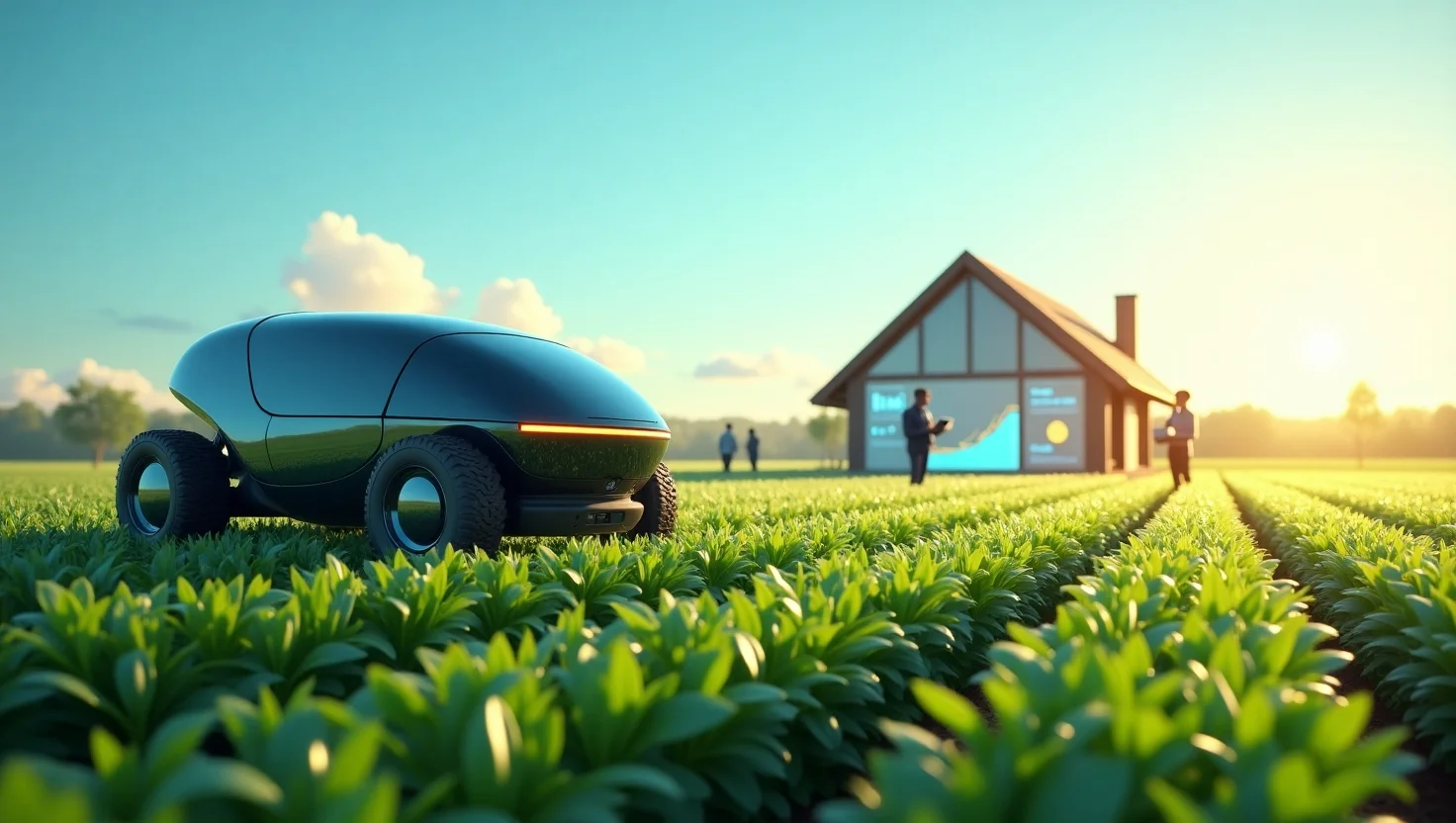
1. Introduction:
Livestock farming is at a critical crossroads. Around the world, farmers are facing mounting pressures, from rising feed prices and labor shortages to disease outbreaks and environmental concerns. Traditional livestock management methods, while rooted in decades of practice, are beginning to fall short in today’s high-demand, data-driven world. As farmers search for innovative solutions to increase livestock productivity and reduce operational risks, one technology is stepping into the spotlight: artificial intelligence (AI).
AI in livestock farming isn’t just a futuristic concept anymore, it’s a practical tool that’s already being used to improve animal health, optimize feeding routines, and enhance overall farm efficiency. Whether it’s through wearable health trackers, smart feeding systems, or real-time disease detection, AI applications in animal husbandry are quickly changing how we care for animals.
For example, smart sensors now monitor livestock behavior 24/7, helping farmers identify early signs of stress or illness, often before any visible symptoms appear. Meanwhile, automated livestock feeding systems adjust nutrition based on each animal’s unique needs, minimizing waste and maximizing growth. These innovations aren’t just about profits, they also promote ethical AI in animal farming by supporting animal welfare.
This article explores how AI-powered livestock farming is addressing long-standing industry challenges. We’ll walk through the core problems, spotlight innovative solutions, and share real-world examples where AI has made a measurable impact. By the end, you’ll understand why now is the time to adopt AI-driven tools and how they can future-proof your farm for generations to come.
2. The Problem – Traditional Livestock Farming is Breaking Down
Despite centuries of agricultural progress, traditional livestock farming is still heavily reliant on manual labor, guesswork, and delayed responses. This outdated approach poses serious risks to both animal welfare and farm profitability, especially as herds grow larger and more difficult to manage without advanced tools.
One major challenge is the lack of real-time monitoring. Farmers often depend on visual observation or routine checks to spot signs of illness, stress, or injury. By the time symptoms are visible, the disease may have already spread. This lag in detection leads to higher mortality rates, increased veterinary costs, and reduced productivity.
Feeding is another area of inefficiency. Without automated livestock feeding systems, animals may be overfed or underfed, either outcome leading to poor health or wasted resources. Similarly, traditional breeding schedules, managed manually or by instinct, result in missed cycles or suboptimal mating, lowering reproductive efficiency.
Environmental factors like temperature, humidity, and air quality also go unmanaged in many setups, despite their significant impact on animal health. In the absence of data-driven livestock management, these variables remain largely unaddressed, creating avoidable stress for animals and unnecessary losses for farmers.
Compounded by labor shortages and increasing demand for traceability and animal welfare, these issues reveal a system stretched thin. The need for smarter farming solutions is no longer optional; it’s urgent. To meet modern demands, farmers must look beyond tradition and explore technologies that offer precision, consistency, and insight, starting with artificial intelligence.

3. The Solution – AI-Powered Tools Transforming Livestock Management
To meet the rising demands of food production while ensuring animal welfare, forward-thinking farmers are embracing AI-powered tools that offer precision, automation, and insights never before possible in livestock management.
One of the most impactful innovations is livestock monitoring systems powered by AI. These systems integrate sensors, computer vision, and machine learning to continuously track an animal’s behavior, body temperature, feeding patterns, and movement. Subtle changes that might go unnoticed by the human eye, like reduced mobility or feeding hesitancy, are flagged immediately, allowing for early intervention and preventive care. This minimizes the spread of disease and reduces dependency on costly treatments.
Wearable devices are also transforming animal husbandry. Smart collars and ear tags collect biometric data in real-time, helping farmers detect stress, estrus cycles, or health anomalies with pinpoint accuracy. Combined with AI algorithms, this data turns into actionable insights.
Feeding systems are getting a smart upgrade, too. Automated livestock feeding systems use AI to calculate the ideal nutritional mix based on an animal’s age, weight, and health status. These platforms reduce feed waste, promote optimal growth, and cut costs, delivering a powerful return on investment.
AI even assists in herd management using drones and smart cameras to track grazing patterns, herd movement, and even behavior indicative of illness or aggression. These solutions not only boost livestock productivity but also support ethical, sustainable practices.
With tools like these, farmers are no longer reacting to problems—they’re preventing them. AI is giving the livestock industry the upgrade it urgently needs.
4. Case Study – How AI Reduced Mortality Rates in Dairy Cattle
Let’s take a real-world look at how artificial intelligence is reshaping livestock farming. A mid-sized dairy farm in the Netherlands faced a common yet costly issue: frequent cases of mastitis and respiratory illness in its herd of over 400 cows. Despite routine checkups and experienced farmhands, these conditions often went undetected until it was too late, leading to high veterinary bills, reduced milk yield, and several preventable deaths.
In 2022, the farm integrated a livestock health analytics platform powered by AI and wearable sensors. Each cow was fitted with a smart collar that collected continuous data on temperature, movement, feeding, and rumination behavior. Machine learning algorithms analyzed this information to detect abnormalities, often hours or even days before visible symptoms appeared.
Within just six months, the results were striking. Early detection alerts allowed the farm to isolate and treat sick cows immediately, reducing the overall mortality rate by 30% and cutting antibiotic use by 25%. The system also optimized feeding schedules based on real-time health and productivity data, contributing to a 12% increase in milk production.
The farm manager reported not only improved animal welfare but also significant operational savings. “AI didn’t replace our workers,” he noted. “It made them more effective and confident in decision-making.”
This case highlights the measurable benefits of using AI in dairy farming, not just in profit margins but also in delivering proactive care. For farmers skeptical of technology, examples like this show that AI can be both practical and transformational.

5. Economic and Ethical Impact of AI Integration
The integration of AI in livestock farming delivers benefits that go far beyond efficiency, it creates a powerful blend of economic value and ethical responsibility. With growing public scrutiny over animal welfare and sustainability, farmers are under pressure to produce more while treating animals better. Thankfully, AI-driven livestock solutions address both.
Economically, the case for AI is strong. By enabling early disease detection and precision feeding, farmers reduce veterinary expenses, lower mortality rates, and minimize feed waste, some of the most significant cost factors in traditional operations. Over time, these savings compound. A study on cost-effective AI livestock tools found that farms using predictive analytics saw a 20–35% improvement in their return on investment compared to traditional methods.
AI also helps small to mid-sized farms compete with larger operations by leveling the playing field. With tools like affordable AI for farmers becoming more available through mobile apps and modular sensor systems, barriers to adoption are steadily lowering.
On the ethical front, AI supports more humane farming practices. Monitoring systems reduce the need for invasive checks, creating a less stressful environment for animals. Smart climate controls ensure comfort, while health tracking improves overall well-being. This aligns with growing consumer demand for ethical AI in animal farming, a key factor influencing meat and dairy purchases.
In short, AI doesn’t just make farms more profitable, it makes them more responsible. By prioritizing both the economic and ethical sides of farming.
6. Overcoming the Learning Curve – Making AI Accessible
For many livestock farmers, especially those running small to medium-sized operations, the idea of integrating AI can feel overwhelming. Concerns about cost, technical skills, and system compatibility often discourage adoption. But the truth is, AI in agriculture has become significantly more accessible, user-friendly, and scalable in recent years.
Today’s AI tools for livestock management are designed with simplicity in mind. Most platforms come with intuitive mobile interfaces, real-time dashboards, and automated alerts that don’t require any coding or advanced technical knowledge. Farmers can now track animal health, feeding, and environment from their smartphones, no IT department needed.
To support adoption, several agtech companies and non-profits offer training programs for AI in farming, often including on-site setup, digital literacy support, and ongoing technical assistance. These initiatives are particularly helpful in rural and developing regions, where digital transformation is most needed.
Cost is another barrier that’s rapidly being addressed. Many startups now offer subscription-based AI solutions, where farmers can start small and scale as needed. Some governments and agricultural cooperatives even subsidize AI tools as part of broader digital farming initiatives.
The key is showing that AI isn’t a replacement, it’s an enhancement. It empowers farmers to make smarter, faster, and more informed decisions. By demystifying the technology and offering practical entry points, the learning curve becomes less of a hurdle and more of an opportunity for growth.
The future of farming is digital, but it’s also approachable. With the right guidance and support, AI can be a tool for every farmer, not just the tech-savvy few.

7. Conclusion & Call to Action
The integration of AI into livestock farming isn’t just a trend, it’s the future. As we’ve seen throughout this article, AI-driven tools are transforming how farmers manage animal health, improve productivity, and optimize resources. From real-time disease detection to smart feeding systems and ethical farming practices, AI is reshaping the industry for the better.
The benefits are clear: reduced mortality rates, enhanced animal welfare, improved efficiency, and higher profitability. AI doesn’t just help farmers stay competitive, it enables them to become more sustainable, responsible, and forward-thinking. However, the journey to AI adoption isn’t without its challenges. There are barriers such as cost, training, and technology integration that must be overcome. But with the right support and accessible tools, these obstacles can be managed.
Farmers today stand at a crossroads, with AI offering a clear path toward smarter, more sustainable farming. Whether you’re a smallholder or part of a large-scale operation, AI solutions are available to help enhance your livestock operations and future-proof your farm.
If you’re ready to embrace the power of AI in livestock farming, now is the time to take the next step. Explore the AI solutions available for your farm, start small, and scale as you see the impact firsthand. The future of livestock farming is smarter, more efficient, and more ethical, thanks to AI.
Call to Action: Ready to transform your livestock farm? Learn more about AI-powered tools and discover the solutions that can help you boost productivity and promote animal welfare today.
FAQs:
Q1. How can AI improve livestock production?
AI enhances livestock farming by enabling precision monitoring of animal health and behavior. Machine learning algorithms analyze data from sensors and cameras to detect early signs of illness, optimize feeding schedules, and predict disease outbreaks, leading to improved productivity and reduced losses.
Q2. What are the benefits of AI in livestock health monitoring?
AI-driven health monitoring systems provide real-time analysis of vital signs and behavior patterns, allowing for early detection of health issues. This proactive approach leads to timely interventions, reducing the spread of diseases and improving overall animal welfare.
Q3. Can AI assist in optimizing feeding practices for livestock?
Yes, AI can analyze individual animal data to tailor feeding schedules and diets, ensuring optimal growth and health. This personalized approach reduces feed waste and enhances feed efficiency, contributing to more sustainable farming practices.
Q4. What role does AI play in livestock behavior analysis?
AI utilizes computer vision and machine learning to monitor and interpret animal behaviors, such as feeding habits and movement patterns. This analysis helps in identifying stressors, detecting early signs of illness, and improving overall herd management.
Q5. Is AI in livestock farming cost-effective for small-scale farmers?
While initial investments may be required, AI technologies can lead to long-term savings by reducing veterinary costs, optimizing feed usage, and improving productivity. Additionally, advancements in technology are making AI solutions more accessible and affordable for small-scale farmers.
1 Comment
Leave a Reply
Related Articles
Livestock Farming
AI in Aquaculture: How Smart Tech is Transforming Fish Farming
1. Introduction: The world’s appetite for seafood is growing fast, yet traditional...
Livestock Farming
The Future of Farming: Why AI-Powered Tractors Are Gaining Popularity
1. Introduction: Across the world, farmers are grappling with rising costs, shrinking...
Livestock Farming
Using AI to Track Livestock Health and Prevent Disease Outbreaks
1. Introduction: In recent years, livestock farmers around the world have faced...
Livestock Farming
How Machine Learning Is Changing Fertilizer Application on Farms
1. Introduction: For decades, farmers have applied fertilizer using general formulas, blanket...
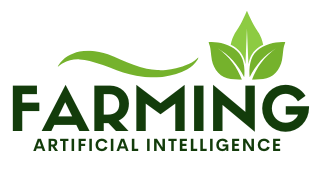
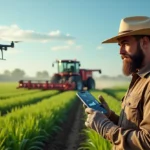
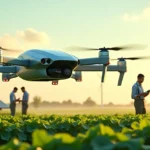
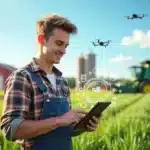

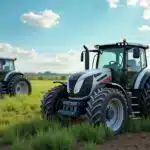


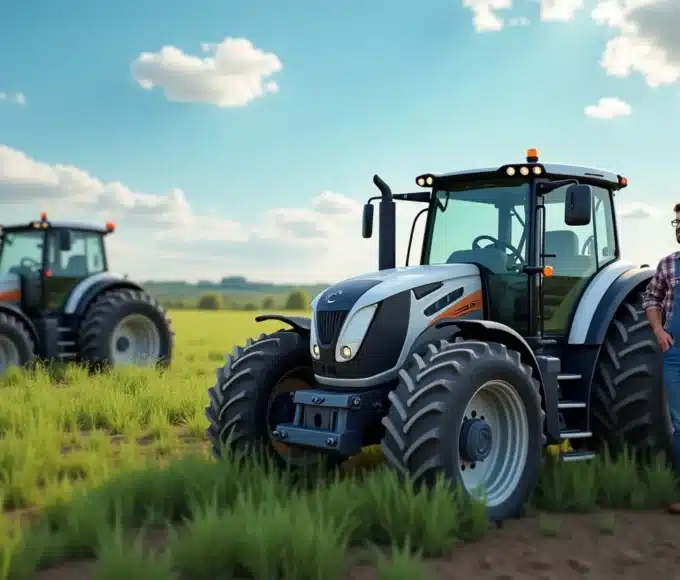
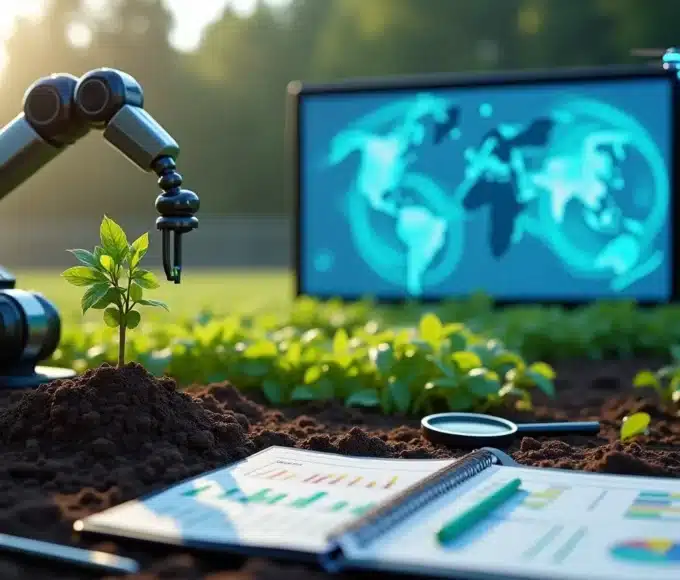
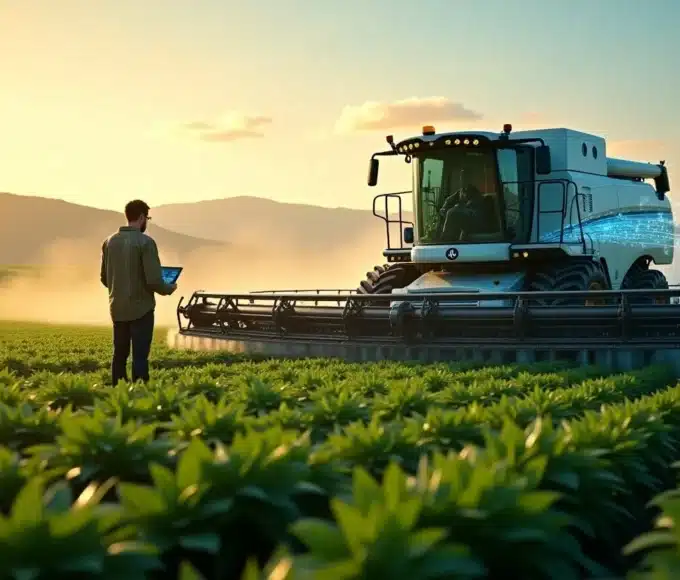
Good https://t.ly/tndaA